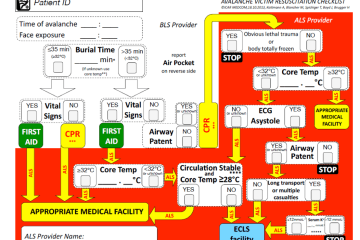The Impact of the Bradford City Fire on Football Safety

Introduction
The Bradford City fire, which occurred on 11 May 1985 during an FA Cup match, has cemented its place in the annals of British football history due to its tragic consequences. The disaster resulted in the deaths of 56 people and left over 250 injured, highlighting critical issues surrounding stadium safety standards in the UK. This event not only altered the lives of those directly affected but also led to significant changes aimed at enhancing public safety in sports arenas across the country.
Details of the Incident
The fire broke out at Valley Parade stadium in Bradford, West Yorkshire, when a pile of old wooden seats and rubbish ignited due to a discarded match. The rapid spread of flames caught thousands of spectators off guard, leading to panic and chaos as fans attempted to escape the inferno. Eyewitness accounts describe harrowing scenes of injury and loss, with many victims unable to escape the smoke-filled stand.
In the immediate aftermath, emergency services responded quickly, but the scale of the tragedy was overwhelming. The 56 fatalities include both fans and club staff, with many more suffering from physical and psychological injuries. An inquiry into the disaster unveiled serious shortcomings in fire safety regulations and the club’s neglect in addressing potential hazards.
Legislative Changes and Reflections
Following the disaster, the British government took significant measures to improve safety standards at sports venues. The *Taylor Report*, released in 1990, recommended the removal of standing areas in football stadiums, leading to the all-seater legislation that transformed the spectator experience in the UK. This legislative change was aimed at ensuring that events were safer for attendees, reflecting a national commitment to never allow such a tragedy to recur.
In recent years, anniversary memorials have been held to honour those lost in the Bradford City fire, with survivors and family members reflecting on the impact of the tragedy. These commemorations serve as a crucial reminder of the importance of safety in football and call attention to the ongoing need for vigilance in stadium management and crowd control.
Conclusion
The Bradford City fire stands as a pivotal moment in the history of British football, not only because of the tragic loss of life but also due to the reforms it spurred in the sport’s infrastructure. As football continues to grow in popularity, the legacy of the fire reminds us of the essential responsibility that clubs and governing bodies have in ensuring the safety and well-being of fans. Moving forward, ongoing assessments and innovations in stadium safety will be critical as the sport evolves, ensuring that the tragic errors of the past are not repeated.







